


Framed or unframed, desk size to sofa size, printed by us in Arizona and Alabama since 2007. Explore now.
Shorpy is funded by you. Patreon contributors get an ad-free experience.
Learn more.

- The most dangerous fire escape I've ever seen
- Out of Place
- Sir Bedevere
- Witch way to the fire?
- Proud to be an old Coot
- That old scale
- Bowled Over
- Cat years?
- 'Why' Wyoming?
- His Master's Voice
- What! No dish under the skewer?
- Only in Hollywood?
- What's Up Doc?
- Destination?
- I'm pretty sure this was a voluntary program
- When I see chicken wire rabbit cages I think of three things
- The War Ears
- Eating the bunnies? Really?
- A love affair with a machine
- Hasenpfeffer
- Back support
- Hot type!
- Can you smell ... the news?
- Looking across the street and Flong
- Memories of my elderly hoarder neighbor
- Linotype in the Twilight Zone
- By Memory?
- Quiet place
- Line Of Type
- And no hearing protection
Printporium
Fairfield Shipyard: 1943

May 1943. "Bethlehem-Fairfield shipyard, Baltimore, Maryland. The shipways at evening." Acetate negative by Arthur Siegel for the Office of War Information. View full size.
In April of 1941, the Bethlehem-Fairfield Shipyard employed around 350, a number that grew exponentially as war production increased. By 1942, 11,000 people worked at the shipyard; in late 1943, the number was at its highest with some 47,000 employees. War production never stopped -- Bethlehem-Fairfield employed three shifts, 24 hours a day, seven days a week, year-round.
A total of 100,000 workers
were employed in military production at two huge industrial facilities in Baltimore during World War 2 ... In addition to the approximately 47,000 workers employed at the Bethlehem-Fairfield Shipyard, the nearby Glenn L. Martin aircraft manufacturing plant employed another 53,000.
https://www.baltimoresun.com/2021/03/20/glenn-l-martins-vision-of-a-plan...
All's Quiet On The Waterfront
Way back in the early '70s, I was on the B&O crew that delivered railcars to Fairfield shipyard. In my time there was far less activity here; we'd deliver several carloads of plate steel every week and pick up the empties. Bethlehem Steel still used self propelled cranes as pictured here, although they were diesel powered by then.
Bethlehem closed the yard a few years later. Last I saw of this place, most of the ground was covered with blacktop, and a Japanese car maker stored their new models here straight off the boat before being taken to various dealers.
If we ever have to crank out Liberty ships again, I don't know what we'll do.
My mom is three months old
And my dad is twenty-one months old. My grandfather already got 4F due to lazy eye, but in another year, he'll get a second draft notice, because lazy eye is fine for a heavy equipment operator building roads and airfields in the Philippines. And that crane in the foreground is powered by a vertical-boiler steam engine, superannuated equipment that'll have to do. The WW2 home front is my favorite topic of vintage photos, and Liberty Ships are among my favorite stories.
Talk about growth --
Can you imagine trying to do that in today's world. The USA astounds me at the rate of production during the war. Women played a big part in it and I don't think they ever got full credit. The railroads came out of the Depression and managed to move the massive amount of business, some with locomotives and equipment that was patched up and put back into service after sitting idle during the Depression.
The Greatest Generation!






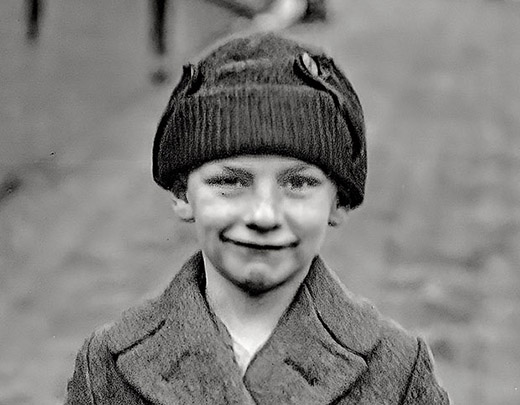
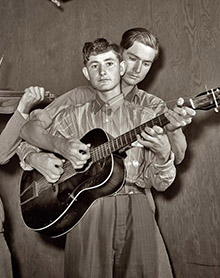
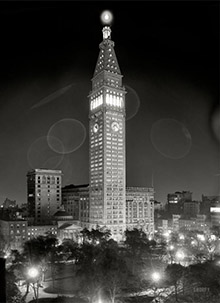
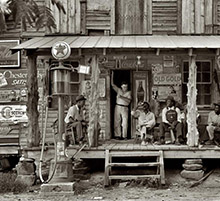
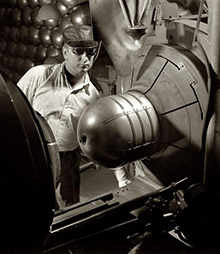
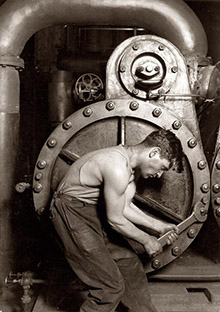

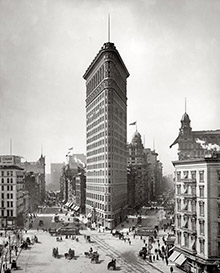

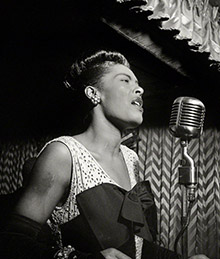
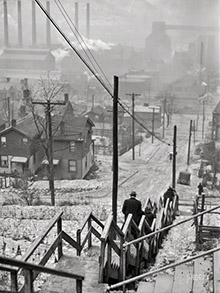
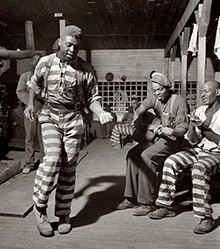

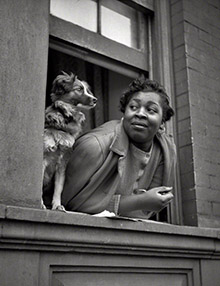
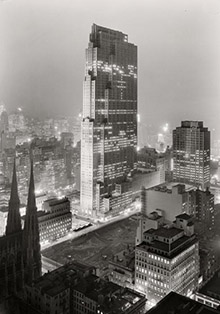

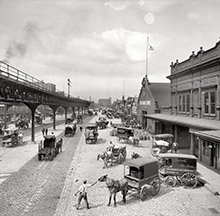
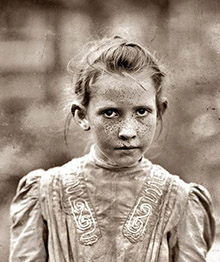
On Shorpy:
Today’s Top 5